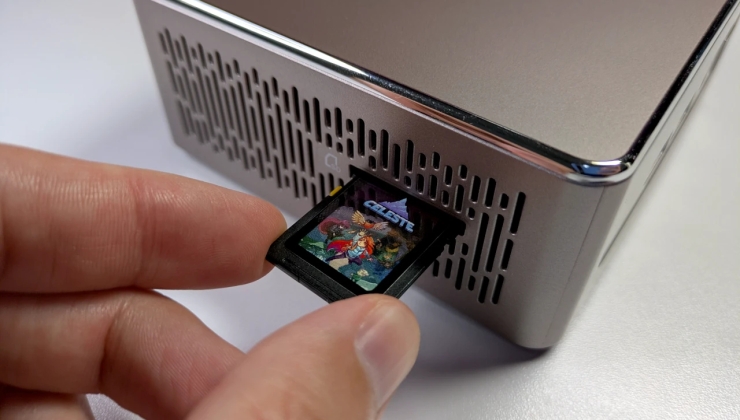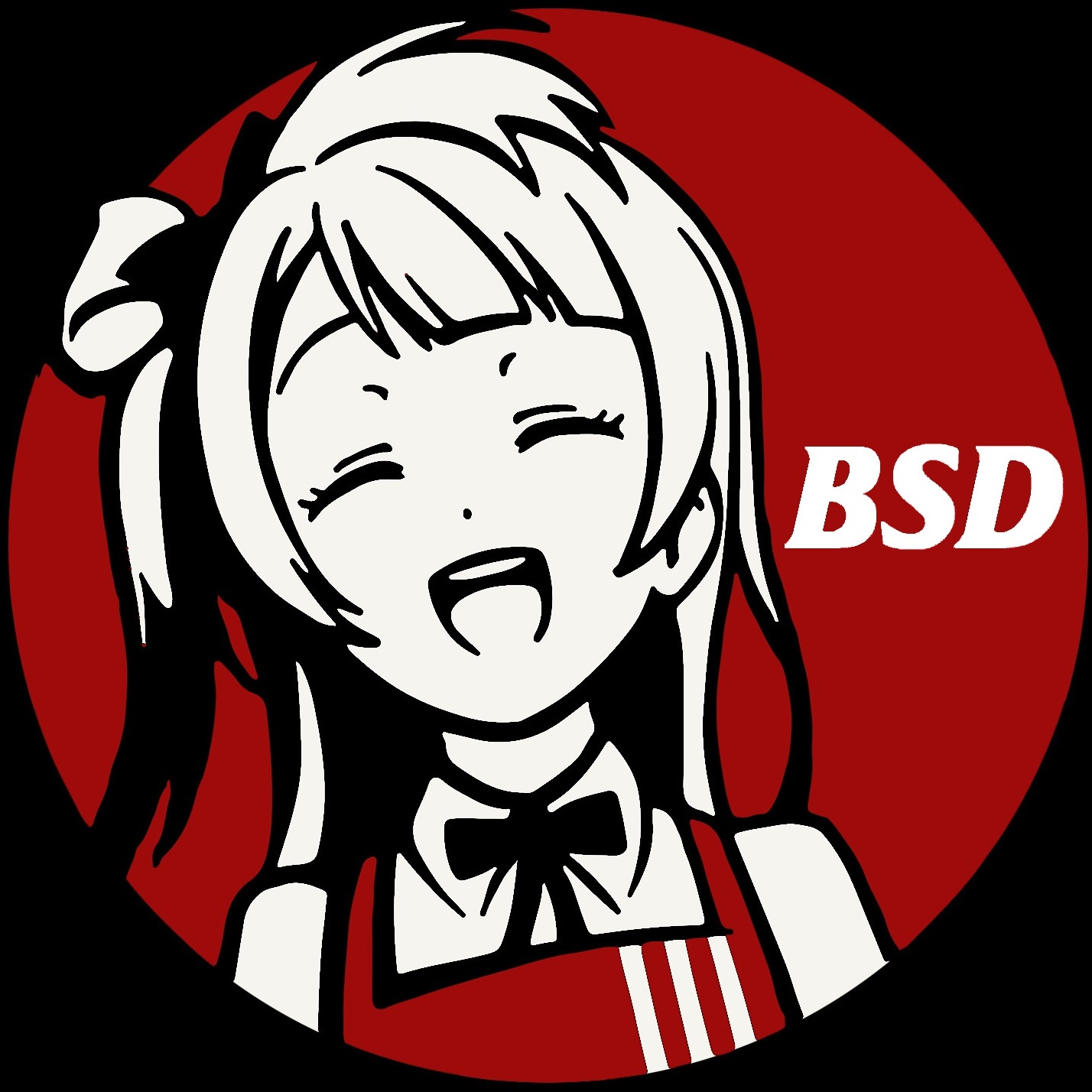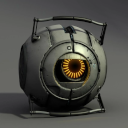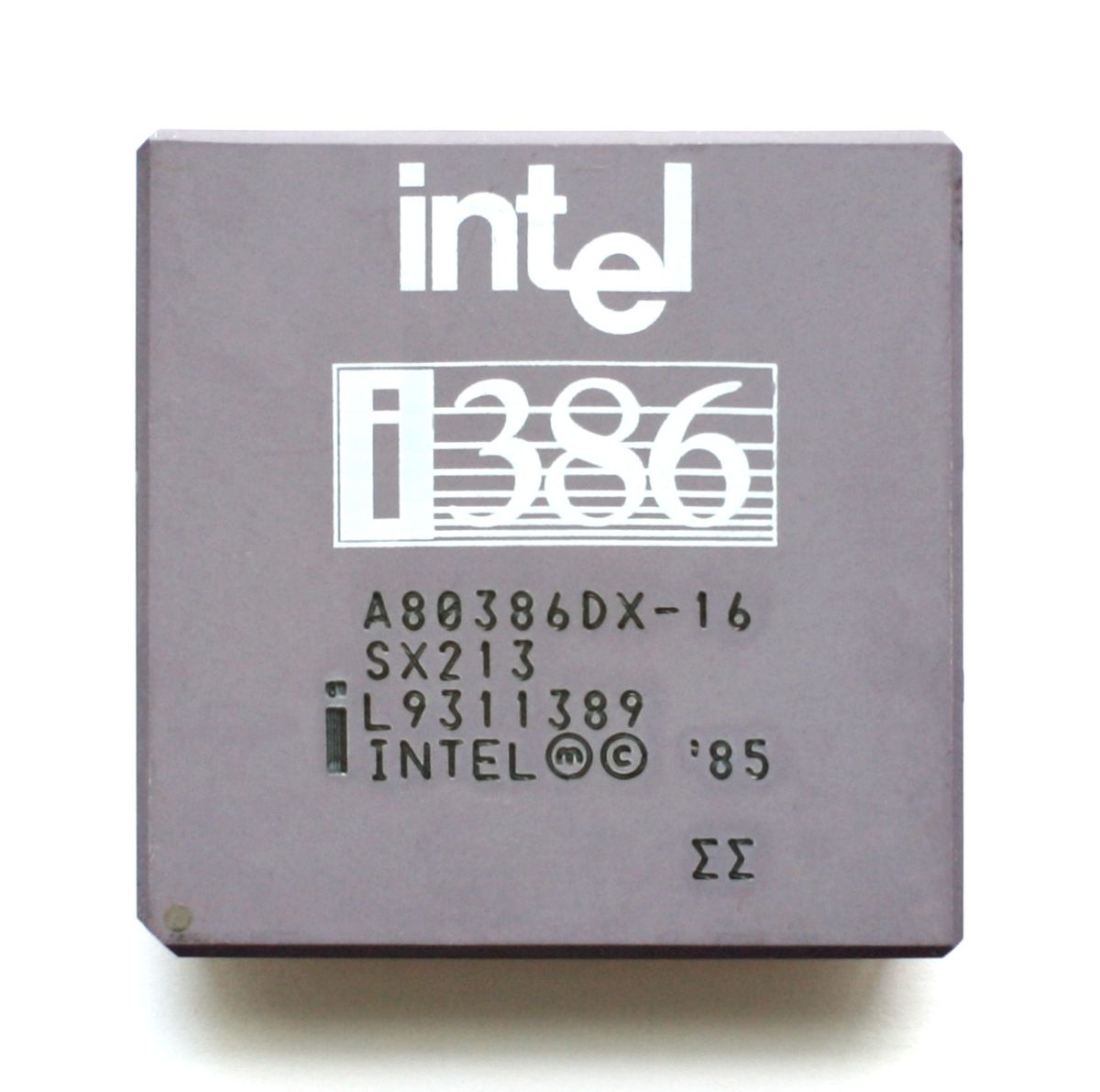It’s a cute idea, but seems like it is just going to generate a bunch of e-waste.
It isn’t as whimsical I guess, but a barcode scanner, NFC tags, or just picking a game from a menu would be my preference. I have actual retro systems, if I want to walk across the room to switch games.
Kazeta is Czech for casette. The Waterloo-based developer is Canadian but has a Czech name (Alesh Slovak / Aleš Slovák) and knows basic Czech so probably a descendant of Czechoslovak emmigrants.
But like, where do I download all my games from?
GOG. The games you buy there are DRM free and are actually yours. You can even backup then in a external HD, personal server, etc.
So I guess you could pick one, install inside a SD Card and it would be like a Switch card. Cool idea.
other device
So… a Linux desktop with slots for all the retro games, innit?
Why would I not want the savegames on the same card as the game? For me that doesn’t make sense.
Once upon a time I owned a GameCube memory card, specifically so that I could have my own save progression when visiting my friend’s house (who actually owned the GameCube and games). That may not really apply anymore?
On another note though, making the sd card read only means it will last significantly longer. Flash storage (like SD cards) have limited write cycles, so this preserves the games themselves while leaving the much smaller save files to be written somewhere else where they’re easier to back up.
Since you brought it up, what about bit rot, which happens regardless of writes?
I think I’ve solved the problem of computer gaming.
It’s emulating on a gaming laptop with save data automatically backed up to MEGA.
How do you do that? If you don’t mind me asking.
No problem.
The hardest part is getting a controller working. I’m not sure what OS you have, but getting a bluetooth controller working properly on Linux can be hit or miss. If you’re on Windows with a USB controller or one with a dongle, it should be much easier. I’m sorry I can’t give direct advice because it will depend on your setup.
Otherwise, just download emulators for the consoles you want, download the games for free at vimm.net, then you’re off to the races. You may have to change some settings, but it shouldn’t be too difficult if you’re willing to look at them and experiment a bit as needed.
You can download the MEGAsync program and go through the process of syncing the folders that hold game saves to an online backup. It’s pretty intuitive to follow the program. You will need to look up where each emulator holds its save data though, because it’s not really standardized.
To get you started, these are some emulators that I recommend with large libraries and stable support:
-PCSX2 for PS2
-Dolphin for Gamecube
-Torzu for Switch
-mGBA for Gameboy Advance
-Duckstation for PS1
-PPSSPP for PSP
There are of course others for different consoles, and even multiple emulators for the same console. Don’t get too hung up on doing things perfectly the first time. Try to get some experience and you’ll see what works for you and what doesn’t.
Start small and work your way up.
That’s a cute gimmick! Love it!! 😍
I’ve honestly been thinking about doing this myself. I’m so happy right now I can barely be contained!
this is the peak of “cool but functionally useless”
i unironically love it
I’d say it is cool but very expensive. One SD Card for each game would not be cheap, specially if the game is big, like 100gb or more.
My first though was KZ OS. Cool name!
Serious question: Do I have to be a jew in order to use it?
(Because KZs and im German and stuff)
Honestly I love the idea. I wonder if they’re planning on the obvious next step of adding a media player that will work similarly, turn it on with a disc or SD card inserted and it’ll play the DVD or music
If only the builtin SD card readers from most computers could last more than 1 year… Either they’re all shit, or I’ve been really, really unlucky with them.
The readers in consumer-grade computers have been hit-or-miss for me. The contacts seem to either lack gold plating or develop a layer of tarnish.
I remember my 1st Surface Go’s microSD card reader being pretty good.
This is really awesome! I’m 100% going to build a little system for this.
It would be pretty cool to share games using SD cards like that, but there would hardly be anyone to share them with.
So I need an SD card for every game?
If I remember right, flash memory is basically based on static electricity and those cheap SD cards might self-wipe after a couple years being unplugged
but maybe not lol
Mostly just a small-ish info dump in the event it helps anyone. All flash and nand media can self-wipe if not used for a couple of years (though nand can last longer but may start to slow down to SATA and slower). Even if in an active PC, the parts that are only read but not written this can happen. Learned that from some episodes of “Security Now” podcast and personally saw it happen with a PC I was trying to fix for someone. On the show one of the hosts has a commercal program called “SpinRite” that was made to help with HDDs that have non-moter/actuator issues revive sectors.
Some testers using it found that it also helps with nand that has drastically slowed down from reading spots that never really get writes come back to normal speeds. In my case, I tried it on the PC I was working on and it really did help (the OS was already borked so it wasn’t going to hurt trying it out) with it loading much faster. Obviously the cheaper the flash/nand the faster issues will happen.
I have seen some random motherboards offer basically a pre-erase on SSDs that are acting slow before you re-install the OS to make sure a more complete flipping of cells happens and not just a basic formatting that just zeros the first parts of data and leaves the other cells alone. In that case the data/OS isn’t the focus and wouldn’t need a special paid software (I am only aware of SpinRite just because of the podcast and bought it to support the host that makes it). I am not sure of any free/FOSS software that does the same full drive cell flips, but I imagine there are some (or will be as flash/nand is used more and more).
Main take away is that it is important to make sure to not just let flash drives/SD/nand drives sit without at least hooking up to a PC every now and then. My PS Vita fell victim to just sitting around dead for a few years along with the Vita card I had in it. Fortunately the ROM with the OS is still working and I was able to at least set it up again.
Someone a while back put a set of very cheap SSDs through a torture test, and after exhausting many of the write cycles, left them alone for months. When powered back on for reads, the drives were slow as the error correction hardware was working overtime to compensate for the loss of trapped charge over time, but mostly recovered their performance after a while.
That said, I have a similar anecdote where one of my very worn test bench SSDs kept complaining about the same bad sectors despite OS reinstalls until I just overwrote it with zeros using
dd. Was fine for many months thereafter.I’ve no idea either if SpinRite has some secret sauce that FOSS utilities have yet to replicate, but it sounds like a non-destructive read-write test with
badblocksought to do the same.Also, my CF cards, SD cards, or USB drives from the early 2000s and early 2010s almost never give me trouble despite spending years unplugged. More recent flash memory is a different story though and I suspect the shrinking gate sizes and advent of TLC/QLC/PLC haven’t helped. I’ll usually splurge a little these days to get the industrial or high endurance MLC flavors and hopefully avoid the issue.
The idea is for that, yes. I suppose buying up a bunch of low (4gb and lower) capacity cards off aliexpress won’t be too expensive, and would be ideal for the smaller games like Celeste or stuff from 2008 and earlier
Those really low capacity cards have DIRE read speeds though. I wouldn’t want to cheap out too much on them.
We have one SD card at work that seemingly works fine, but has read speeds of like single digit Mbps. It’s plenty for the arcade machine it runs with no more than 10mb roms at the max. But oof is it bad.
You can buy used cards up to 512MB very cheaply, I assume. That’s enough for almost all pre-CD games.
I mean I pretty much do the same thing with my mister and NFC card readers.















